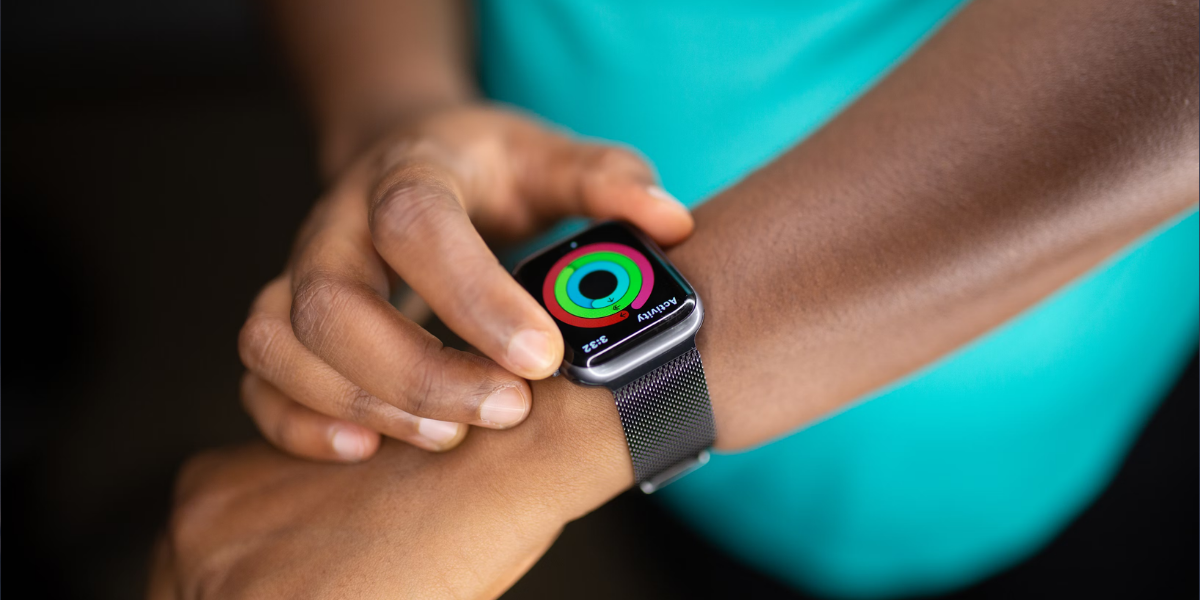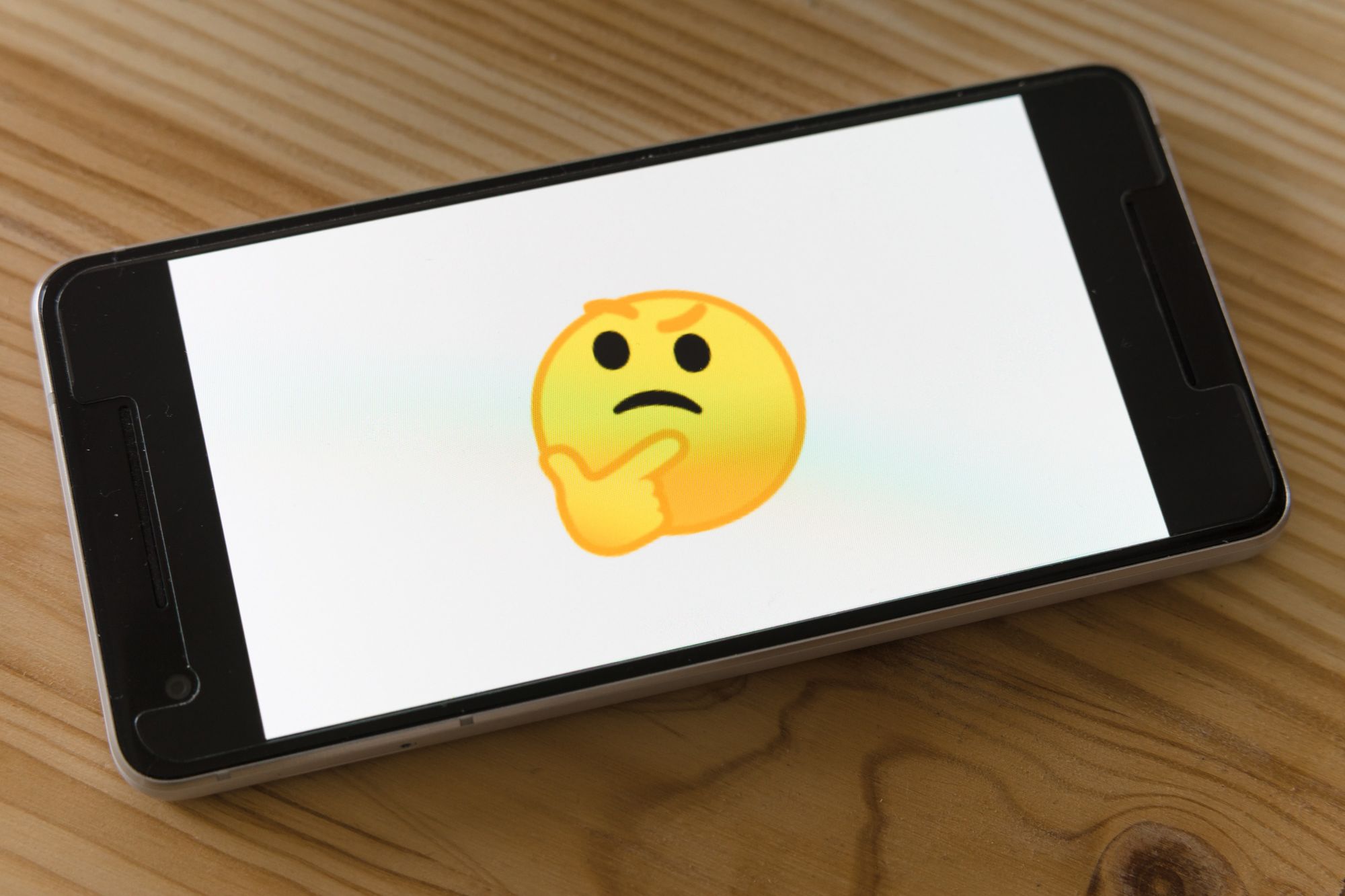It was a Friday afternoon just like any other until the word got out: Meta had launched Threads, its Twitter competitor, and suddenly there was a new social media app to join.
In the first two hours, it passed two million sign ups – two days later, it had climbed to more than 70 million.
Remember ChatGPT? People thought it was a massive deal when ChatGPT reached one million users in five days. Threads turned that on its head.
Post by @zuckView on Threads
What is Threads?
Threads is a text based social media platform where you can share up to 500 characters’ worth of writing, links, gifs, videos and photos.
Sounds pretty basic, right?
You download the Threads app from the app store, sign in with your existing Instagram credentials, and are prompted to follow the same people you do on Instagram, along with other celebrities, brands, and newsmakers.
Threads functionality is currently limited: you’re unable to choose who you see in your feed; there are no trending topics or DMs; hashtags don’t work yet; you have to sign in with your Instagram name (which means dusting off your password if you haven’t used it in a while).
You can watch Threads develop by following the Head of Instagram, Adam Mosseri, and the CEO/Founder of Meta, Mark Zuckerberg. (Threads has been spun out of Instagram.)
Why did Meta launch Threads?
Threads is filling the space that’s historically been taken by social media competitor Twitter.
Meta (as Facebook) and Twitter both launched around the same time (in the mid-2000s, think the skinny jean and Razr phone days), and helped create social media culture. Since then, their paths have diverged.
While Meta went on to launch its own versions of popular products, which included messaging, workplace, and virtual reality products, Twitter largely stayed in its lane grappling with communication and moderation issues until it was bought by Elon Musk in 2022.
Why now?
Since Musk bought the platform, Twitter has undergone changes that have impacted its usability, most recently when it capped users on its free tier to seeing 600 tweets per day. That’s when Meta struck.
What else does Meta own?
Meta has a long history of acquiring competitors, or releasing features and products that are heavily inspired by what else is on the market.

Famously founded by Mark Zuckerberg in 2004 in his uni bedroom at Harvard, Facebook had an early focus on prestige and privacy. It was initially open to people with uni email addresses, before spreading around the world.
Messenger
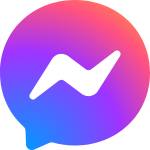
Messenger app was spun out of Facebook after beginning life as Facebook Chat. In 2011 it became a standalone app.

Meta acquired Instagram itself in 2012. Instagram has since evolved from being a photography heavy, image-based app with a limited set of filters, to a short video-led Snapchat and TikTok competitor by 2023.

Meta acquired WhatsApp in 2014, giving it access to a fast-growing messaging service that was on track to reach 1 billion users. By 2020, it had reached 2 billion users. Its top three countries are India, Brazil, and the United States.
Crypto
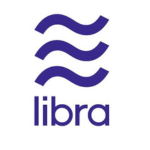
In 2019, Facebook announced it was developing its own cryptocurrency that it called Libra. Based on the blockchain, Libra was intended to be a digital currency that helped service the underbanked and pay for products globally. Libra struggled to get US Federal backing, and Facebook later sold the project for parts.
Oculus
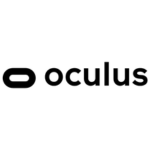
In 2014, Meta announced its plans to acquire the then leader in virtual reality, Oculus. Oculus had an industry-leading headset called the Oculus Quest, which Meta rebranded the Meta Quest.
The Metaverse
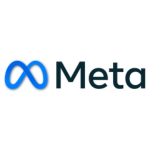
In 2021, Facebook announced it was taking a deliberate step into the ‘metaverse’, the online ecosystem that can be accessed by virtual and augmented reality. It rebranded its entire company name to ‘Meta’ and had a focus on ‘bringing the metaverse to life.’
What’s the point of all of this?
It all comes down to ad dollars and data. By attracting as many users as possible, across as many different formats as it can, Meta is able to compare and contrast its users to strengthen its ad targeting.
It’s also able to cross-sell users to different products: Threads’ speed of growth was enabled because each Instagram user already had an account ready and waiting for them.
Meta has been controversial in the amount of data it’s collected, and the ways it’s deployed it. When you download the Threads app, for example, you give it permission to track “almost everything it can” according to online tech publication Mashable.
Threads isn’t currently available in Europe due to the EU’s regulatory concerns.
Threads is arguably the first big move that Meta has made since its launch into the metaverse. Since then, it’s seen a similar fate to its high-growth, tech stock peers, so it needed a win.
Threads also helps Mark Zuckerberg get one up on Elon Musk. The pair have an animosity so bad there are talks of them duking it out in a cage match. (This is a true story.)
Why do we own Meta in our Spaceship Universe portfolio?
We’ve had Meta in our Spaceship Universe portfolio since 2018.
Meta is a leader in both social (Facebook, Instagram, and now Threads), and Messaging (WhatsApp, Messenger). This is a powerful communication combination. More than 3 billion people globally use Meta’s platforms daily, while 3.81 billion people use a Meta platform at least monthly, as at March 2023.
Spaceship Voyager Investment Analyst Sid Mehta explains more.
“Meta is dominant in social, there is no disputing that.
The market has been concerned with a slowdown in their user growth, slowdown in their ad business, the rise of competition in TikTok and Snap, and the rise of other advertisers such as Amazon.
Last year, the market was also concerned with how much Meta may invest in pursuing their vision of the metaverse as well as crypto. These concerns are valid.
But when it comes to businesses of any scale trying to reach customers through digital ads, Alphabet and Meta are the two dominant businesses in the market.
When people talk about scale, pricing power, economic moat, customer lock-in, and being cash flow generative, there are few businesses as high in quality as Meta.
In the past, Meta has done very well integrating Stories (a copy of Snap) and Reels (a copy of TikTok) into the Instagram platform.
Threads is different because it’s a standalone app and is not integrated into Instagram.
It’s yet to be seen if Meta’s users in Threads prove sticky, which means they continue to use the product, or if they can differentiate from Twitter and build Threads into a meaningful platform with longevity.
It is premature to be forecasting their potential monetisation of Threads, but irrespective of that, Meta is a dominant business in social just through Facebook, Instagram and WhatsApp.
They’re also trying many different avenues in fintech through WhatsApp Pay, new consumer channels through Oculus, and several new initiatives such as Threads to diversify and stay relevant in the eyes of their customers.”
Some of our Spaceship Voyager portfolios invest in Meta and Snap at the time of writing.
Important! We’re sharing with you our thoughts on the companies in which Spaceship Voyager invests for your informational purposes only. We think it’s important (and interesting!) to let you know what’s happening with Spaceship Voyager’s investments. However, we are not making recommendations to buy or sell holdings in a specific company. Past performance isn’t a reliable indicator or guarantee of future performance.
